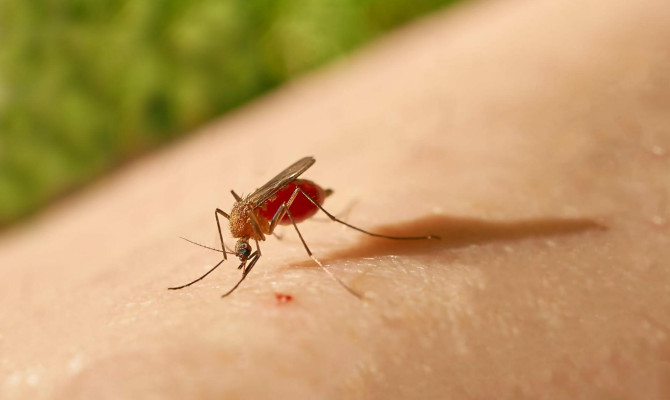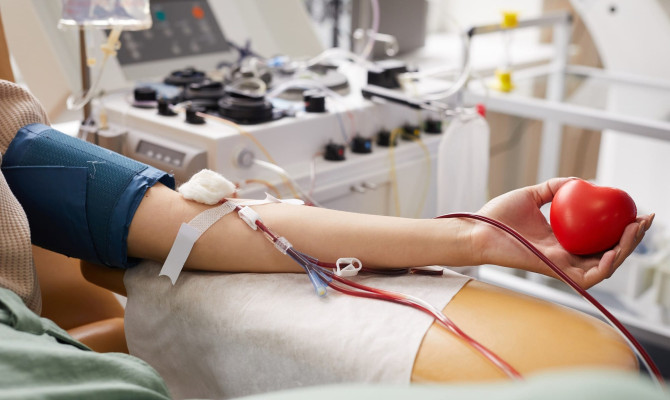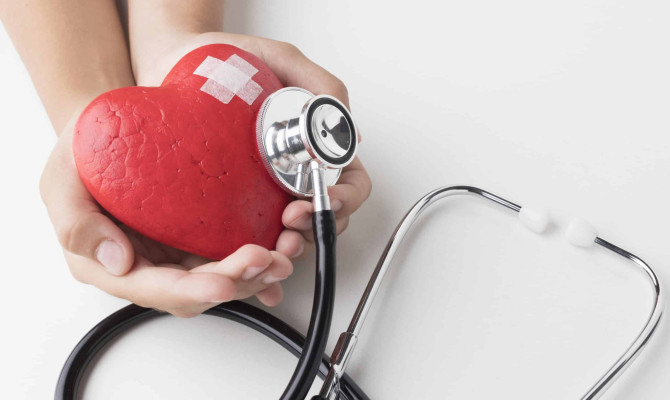AIDS and related care

- AIDS
- 14 Aug 2023
Overview
What is AIDS?
AIDS (Acquired immunodeficiency syndrome) is a fatal sexually transmitted disease caused by the human immunodeficiency virus (HIV). HIV destroys the immune cells of the body known as CD4 T-cells (white blood cells that help fight against infection).
CD4 count of normal and infected HIV patients
- Normal individuals have a CD4 count between the range of 500 – 1600 per cubic millimeter
- While HIV-infected individuals or AIDs patients have a lower CD4 count (below 200 per cubic millimeter) in their blood
When do AIDS occur?
AIDS is the result of the final stage of complete HIV infection. However, a patient with HIV infection may not always necessarily develop an AIDs infection.
Risks of AIDS patients
AIDS patients become highly susceptible to a number of diseases such as –
- Tuberculosis(infectious bacterial disease affecting the lungs)
- Pneumonia (lung infection caused by bacteria, fungi or viruses and causes high fever with sweating in patients)
- Toxoplasmosis (impaired brain caused by parasitic infection)
- Cryptococcal meningitis( fungal infection of the outer lining of the brain called the meninges)
- Cryptosporidiosis(parasitic infection of the intestinal cavity), and
- Blood cancer (lymphoma).
Untreated AIDS complications
AIDS, if left untreated, can unexpectedly shorten a patient’s life due to-
- Complete destruction of the immune system, and
- Severe complications associated with the related diseases
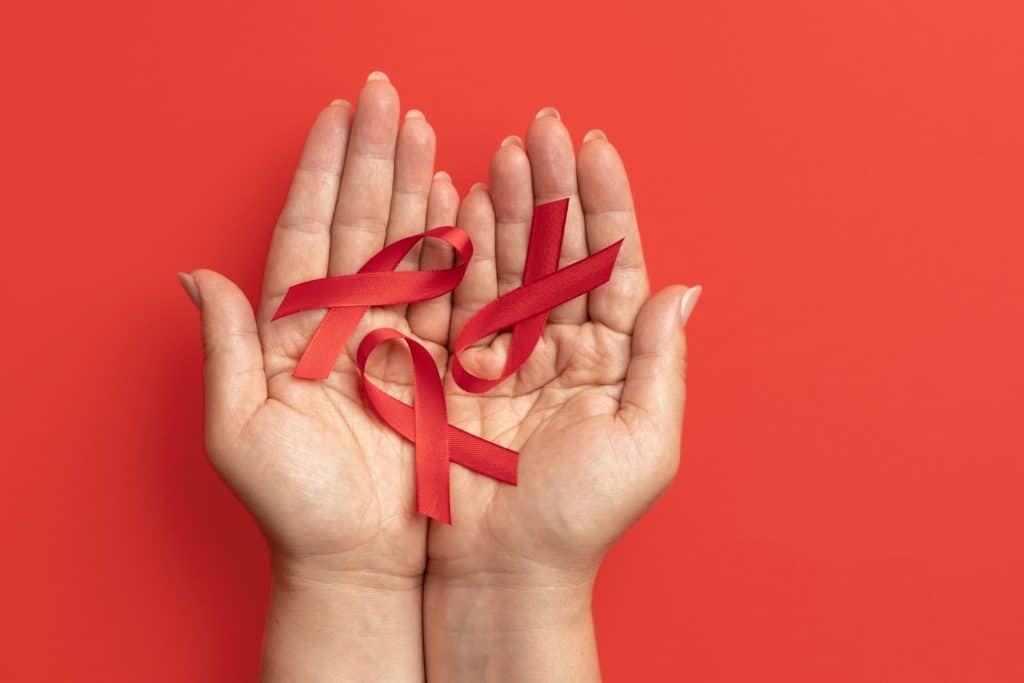
Symptoms
Symptoms of AIDS
The HIV infection symptoms depend upon the HIV stage the person is suffering. There are three stages of HIV infection. They are as follows-
First stage (acute HIV infection) symptoms
- This is the initial phase when the person is unaware of him getting the HIV infection. The person starts developing symptoms after 14-42 days when the body’s immune system is activated against the infection. This is the first stage of acute HIV infection, also known as an acute retroviral syndrome.
- The symptoms are similar to viral infections and last 7 to 14 days.
Early signs of acute HIV infection
- Fever
- Headache
- Tiredness
- Inflated lymph nodes
- Sores in the mouth, oesophagus and genitals
- Body ache
- Skin rash
Second Stage (Chronic HIV infection or asymptomatic period) symptoms
- When the immune system fails to fight HIV, the symptoms will gradually subside, and the person might not feel infected.
- But, during this stage, the HIV infection starts killing CD4 cells and damaging the immune system, called the chronic HIV infection or asymptomatic period.
- If left untreated, the CD4 cells decrease, and the person might get other infections.
- The person is highly infectious during this phase and can pass the infection to others.
Third Stage: AIDS symptoms
- AIDS is the last stage of HIV infection, and the CD4 cells of our body decrease below 200, and the immune system get damaged.
- Some diseases of people with a weakened immune system might also develop
- kin cancer (Karposi’s sarcoma) and
- Pneumocystic pneumonia (lung disease)
Aids Symptoms
- Weight loss
- Difficult breathing
- Excessive tiredness
- Repeated fever lasting for a long time (10 days or more)
- Inflated lymph nodes
- Persistent diarrhoea
- Excessive sweating during the night
- Eye problem
- Memory loss
- Confusion
- Convulsions
- Seizures
- Sores in the mouth, throat and genitals
- Pneumonia
- Herpes infection1HIV Study | researched conducted by WHO
Causes
Causes of AIDS
Sexual contact
- A person might get HIV infection through unprotected sex (either through anal, oral or vaginal). The virus may be in the mouth area with sores or in infected genitals (penis or vagina) and may be transmitted during sexual intercourse.
- Moreover, having sex with multiple partners can transmit the HIV virus easily and can cause AIDS.
Sharing Injections
- Use of the same contaminated injections illegally by drug addicts may elicit HIV infection.
Contact
- If a person unknowingly comes in contact with a person from a high HIV rate area and develops a physical relationship with the person, then they might have a high chance of getting the infection.
Blood transfusions
- The infection may be transmitted through blood donors if he/she is not screened for HIV prior to blood donation. However, such cases are low in today’s world, but they can be a factor of concern in underdeveloped countries.
From mother to child
- Mothers with HIV infection can transmit the infection to their child during pregnancy, delivery and even after birth during breastfeeding.
Factors that do not transmit HIV
- Kissing, hugging and shaking hands with our loved ones
- Touching the healthy skin of the patient
- Sneezing, spitting of the infected patient
- Sharing clothes, towels or other cutlery items (such as dishes, plates etc)
- Using the same lavatory (toilet) or washrooms
- Saliva, sweat, tears
- Water or air
- Being bitten
- Talking with the infected patient
Diagnosis
Tests to diagnose HIV
Antibody/antigen tests
- Blood from a vein is taken to detect HIV. Antigen/antibody tests can show affirmative results even after 45 days of exposure to an HIV-positive patient. These tests typically checks for antigens and antibodies in the patient’s blood.
Antibody tests
ELISA (Enzyme-linked immune-sorbant assay) test
- ELISA detects the antibodies in a patient’s blood for HIV infection.
Samples for ELISA test
- Oral fluid from the mouth area
Western blot test
- Detects the antibodies for HIV infection in the blood.
- It uses gel electrophoresis (laboratory method to separate proteins and nucleic acid viz; DNA, RNA) technique to separate proteins based on the length and molecular weight.
- It gives rapid results in 30 minutes.
Samples for Western blot test
- Blood or saliva from the mouth
Other antibody tests used to get rapid results
Home Access HIV-1 Test
- Patients’ blood samples can be pricked at home and then sent to a licensed laboratory for HIV results
- The patient’s name can remain confidential.
OraQuick HIV Test
- Can provide results in 20 minutes with oral swabs
- Suppose someone suspects of having been exposed to HIV infection and tested negative at-home test. They should repeat the test after three months. If a positive result prevails, a healthcare provider should be immediately consulted.
Nucleic acid test (NAT)
- A nucleic acid test (NAT) is a very costly test for screening the early symptoms of HIV.
- This test screens for HIV infection rather than antibodies.
- This test is followed by an antibody test for confirmation purposes.
Management
Management and related care of AIDS
Treatment
Antiretroviral therapy
- The therapy involves the use of several drugs (two or more) to inhibit the viral multiplication from attacking the CD4 T-cells.
Effective treatment of antiretroviral therapy
- Lowers viral levels in the body
- It will be undetectable in HIV tests
- The test results
- Cannot guarantee that a person is HIV-negative
- Because if stopped the medication, a person can still have some HIV infection in the body, which has every possibility to multiply and attack CD4 T- cells
So this therapy should be continued to prevent any further increase in viral levels in the body.
Main advantage of antiretroviral therapy
- It prevents HIV infection from turning into AIDS
- It controls HIV-related complications as well as prevents viral transmission to other healthy individuals
Different classes of antiretroviral medication
Protease inhibitors
- Reduce the levels of the HIV virus in the body
- Retard HIV development
- Helps treat HIV symptoms
Some of the FDA approved HIV protease inhibitors are
- Indinavir
- Nelfinavir
- Ritonavir
- Saquinavir
Fusion inhibitors
- Blocks the HIV envelope from fusing with the patients’ CD4 cell membrane
- Help prevent HIV from invading the CD4 cell
Nucleoside reverse transcriptase inhibitors (NRTIs)
NRTIs are the first FDA-approved drug to control HIV infection. NRTIs
- Inhibit the HIV replication of the HIV reverse transcriptase enzyme and
- Cause termination of DNA production
- Stop the viral replication
Non-nucleoside reverse transcriptase inhibitors (NNRTIs)
- (NNRTIs) obstruct the HIV reverse transcriptase enzyme from continuing its replication.
- Stops HIV multiplication
CCR5 antagonists
- Obstruct the CCR5 co-receptor on the CD4 T cells (immune cells) surface
- Inhibits HIV from entering the CD4 T-cell
Attachment inhibitors
- Interfere with the starting interaction between a protein on the HIV outer surface and the CD4 T- cell receptor on the patient’s cell
- Prevents HIV from attacking CD4 cells
- Fostemsavir is a new FDA-approved attachment inhibitor to treat HIV.
Integrase strand transfer inhibitors (INSTIs)
INSTIs are commonly recommended for HIV infection and available as combined medications with supplementary antiretroviral drugs. INSTIs
- Efficiently control HIV replication
- Prevent viral multiplication 2HIV Study | Researched based study from NCBI
The treatment procedure for HIV patients
According to Health and Human Services (USA),
- Two or three medications of the above-mentioned medications are prescribed at a time
The purpose of prescribing in combination is-
Prevent HIV from creating any future drug resistance in patients
An occasional blood test is recommended to check if the given medicines are working properly. Any decrease in CD4 T-cell count suggests that the prescribed regimen is not working. Thereby immediate change of treatment regimen will be provided by the physician for better results.
Side effects of antiretroviral therapy
- Nausea and vomiting
- Tiredness
- Dizziness
- Headache
- Fatigue
- Sleep problems
- Diarrhea
- Loss of appetite
- Mood swings
Some severe side effects of antiretroviral drugs
- Kidney malfunction,
- Liver dysfunction,
- Inflation of the mouth and tongue
If the side effects are life-threatening, the antiretroviral drug regimen should be altered immediately for a better quality of life for the patient.
Costs for antiretroviral therapy
- The Costs for antiretroviral therapy can be expensive, as high as 4,500$ each month during a person’s lifetime. But the cost may vary depending on the location of the patients.
- However, there are some insurance and pharmaceutical companies which provide financial assistance to HIV patients to lower the cost and to make the medicines affordable to them.
Natural treatments
Natural treatments for AIDS
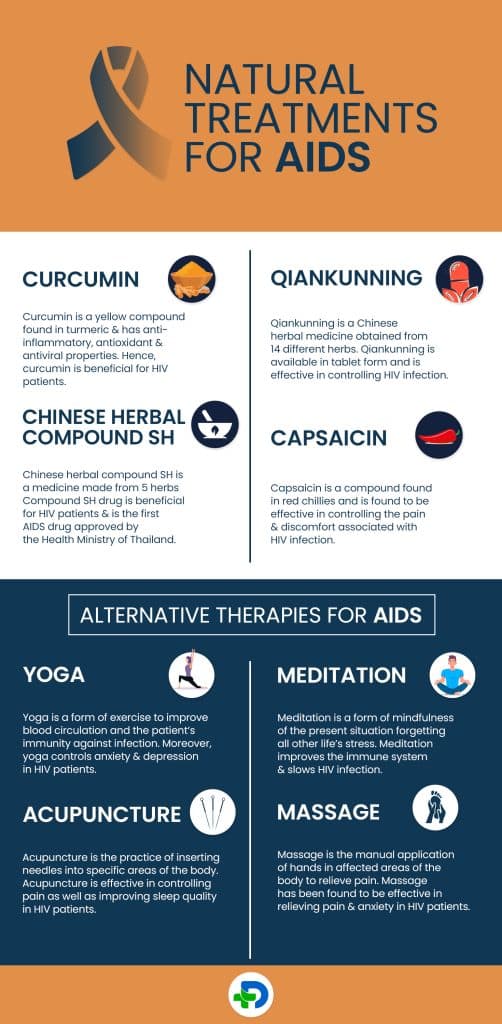
Curcumin
- Curcumin is a yellow compound found in turmeric and has anti-inflammatory, antioxidant and antiviral properties. Hence, curcumin is beneficial for HIV patients.
Qiankunning
- Qiankunning is a Chinese herbal medicine obtained from 14 different herbs. Qiankunning is available in tablet form and is effective in controlling HIV infection.
Chinese herbal compound SH
- Chinese herbal compound SH is a medicine made from 5 herbs. Compound SH drug is beneficial for HIV patients and is the first AIDS drug approved by the Health Ministry of Thailand.
Capsaicin
- Capsaicin is a compound found in red chillies and is found to be effective in controlling the pain and discomfort associated with HIV infection.
Alternative therapies
Alternative therapies for AIDS
Yoga
- Yoga is a form of exercise to improve blood circulation and the patient’s immunity against infection. Moreover, yoga controls anxiety and depression in HIV patients.
Meditation
- Meditation is a form of mindfulness of the present situation forgetting all other life’s stress. Meditation improves the immune system and slows HIV infection.
Acupuncture
- Acupuncture is the practice of inserting needles into specific areas of the body. Acupuncture is effective in controlling pain as well as improving sleep quality in HIV patients.
Massage
- Massage is the manual application of hands in affected areas of the body to relieve pain. Massage has been found to be effective in relieving pain and anxiety in HIV patients.
Some people find alternative therapies more effective in controlling HIV symptoms, but there is no proof that these therapies can completely cure AIDS. So, it is always advisable to use alternative therapies without stopping the HIV medications.
Any feedback on this article?
 This Articles content was accurate
This Articles content was accurate Very Informative Article
Very Informative Article I have a question or a comment
I have a question or a comment
 This article contains inaccurate content
This article contains inaccurate content This article was not helpful
This article was not helpful I have a question or a comment
I have a question or a comment
We appreciate your helpful feedback!
Checkout our social pages
References
-
World Health Organization
HIV Article/details
-
National Center for Biotechnology Information
HIV Disease Current Practice/Treatment















